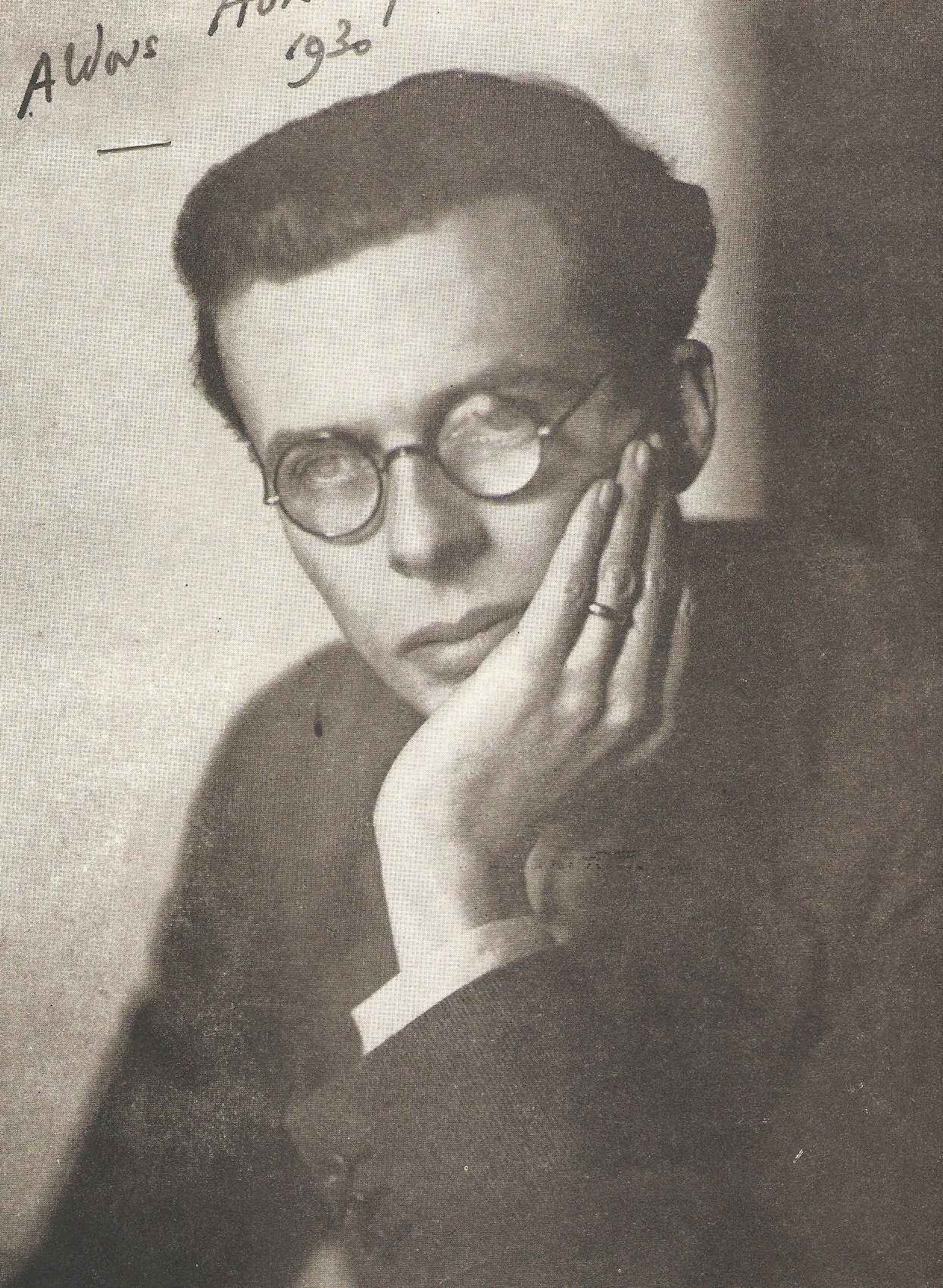‘To fathom hell or go angelic
Just take a pinch of psychedelic.’
April, 1956

The word psychedelic is associated with the 1960s, but it was actually coined in 1956 by psychiatrist Humphry Osmond in a letter to Aldous Huxley.
In a creative synthesis not unlike Albert Hofmann’s experiment with chemical compounds, Osmond fused the Greek psyche, ‘mind’ or ‘soul’, with dēlos, ‘make visible’ or ‘reveal’, to create psychedelic, which means ‘mind-manifesting’.
The term was invented for use in psychotherapeutic contexts to describe hallucinogenic drugs like LSD, mescaline and psilocybin that radically change the texture of consciousness.

Psychedelics belong to a broader category of psychoactive (or psychotropic) drugs.
The word psychoactive refers to substances that once ingested or administered have a profound effect on mental processes such as perception, consciousness, cognition, mood and emotions. Psychoactive substances include alcohol, caffeine, nicotine, cacao and coca, as well as codeine, cannabis, amphetamine and many more.
Psychedelics are unique because they produce hallucinogenic effects. Users of psychedelics may see or hear things that do not exist. Sensory disturbances are common. The external world may appear as if in high resolution, with intense audio, visual and textural perception. Users may also experience euphoria, time distortion and dissociation.
Before Osmond coined his term, researchers initially labelled these drugs psychotomimetic — as they seemed to mimic the symptoms of psychosis, including delusions and delirium.
Psychedelic substances are often divided into two categories: entheogenic drugs and synthetic drugs. Entheogenic psychedelics — such as ayahuasca, peyote, psilocybin and ibogaine — are naturally occurring compounds derived from plants, but synthetic psychedelics are created in a laboratory.
LSD, psilocybin and mescaline belong to a subclass of drugs called serotonergic hallucinogens because they share a molecular structure that resembles serotonin (5-HT). Serotonin is a neurotransmitter that plays an important role in physiological processes like mood, cognition, sleep, memory, pleasure and sex.
Serotonergic psychedelics fit the brain's 5-HT2A receptor as agonists, producing a cascade of effects including positive mood, sense of wellbeing, visual alterations, anxiety, synaesthesia, ego dissolution and oceanic boundlessness.
How psychedelics do this — we don’t know.
Neuroscientists at psychedelic research centres all over the world are trying to unravel this problem by integrating the psychedelic experience with psychotherapy and functional magnetic resonance imaging (fMRI) and magnetoencephalography (MEG).
But we are beginning to understand the potential of these compounds, offering an insight into why they may have been used for healing ceremonies, initiation rites, religious sacraments and divinations for hundreds — perhaps thousands — of years.
This blog is the second chapter of a series titled 'What is the psychedelic renaissance?'
Subscribe to my newsletter Afterglow to take the trip.
